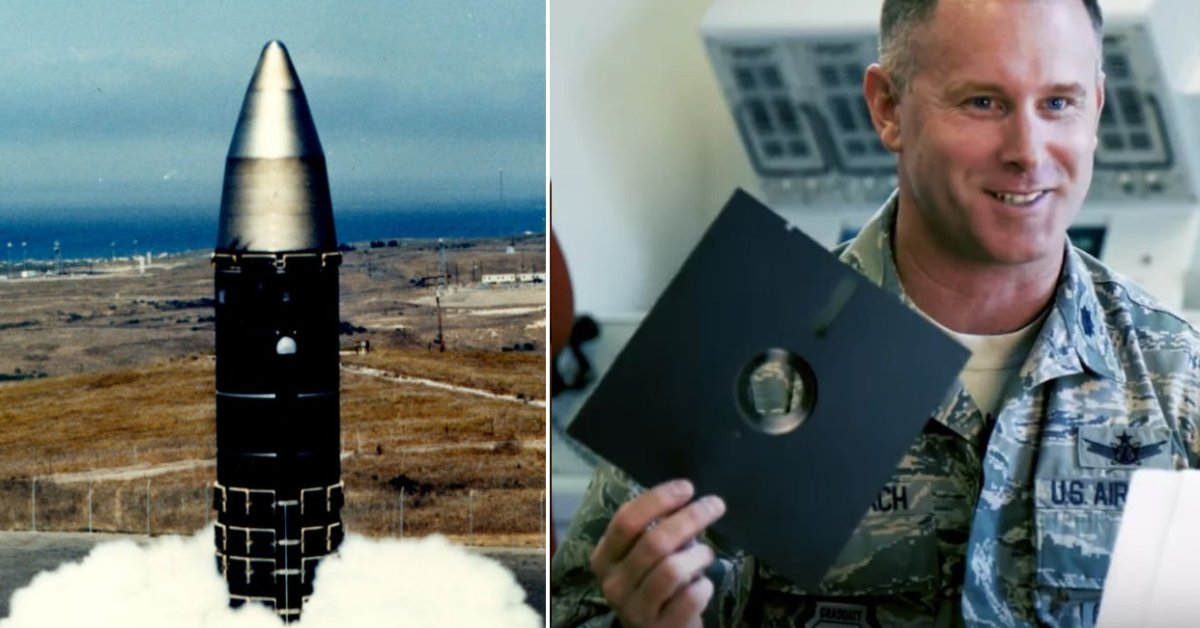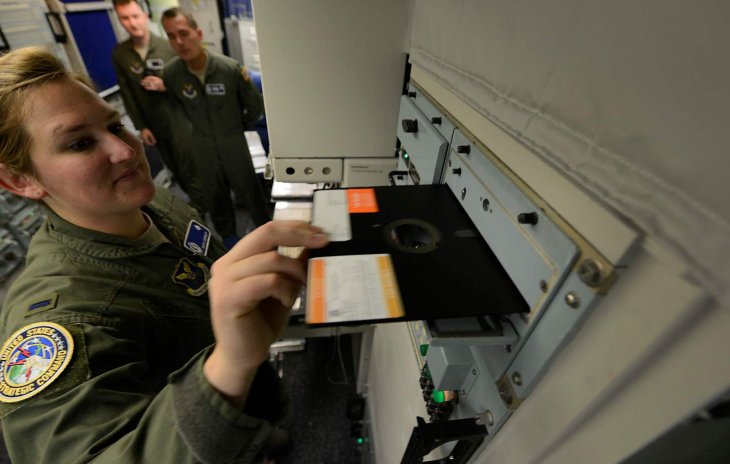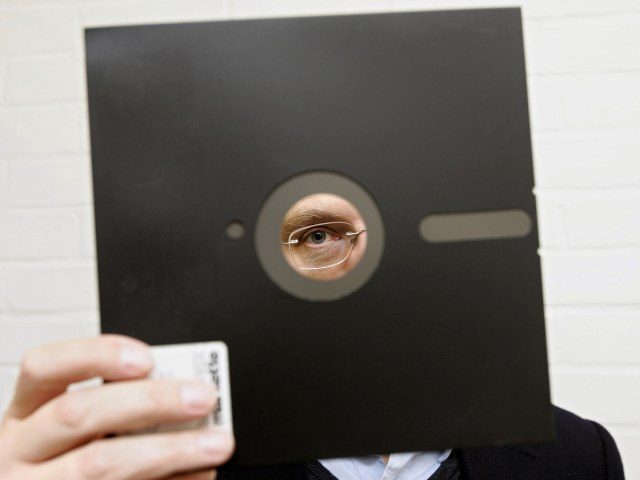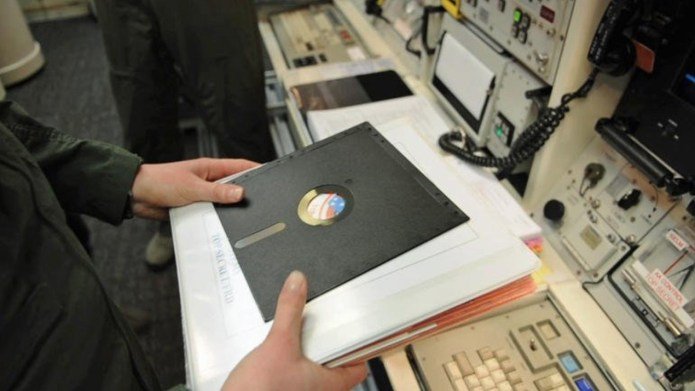After Half A Century, US Finally Stopped Using Floppy Disks In Missile Launches
Dhir Acharya - Oct 22, 2019

While the missiles could wipe out cities completely, the US military was relying on floppy disks as large as 8 inches, to get launch orders.
- This AI Defense System Forces Drones To Land Autonomously
- China's New Suicide Drones Pose Dangers To Other Countries' Defense Systems
- North Korea Shows Off The World's Biggest Ballistic Missile Of Its Kind, Taking On The US
In 2014, people in the United States was shocked at receiving a piece of news. From a new segment on ’60 Minutes,’ they learned that the US military was controlling the whole network of nuclear missile systems with floppy disks.
That means while the missiles could wipe out various cities completely at one time, the US military was relying on an ancient computer network from the 1970s, with floppy disks as large as 8 inches, to get launch orders.

There’s no denying that the system is too worrisome to be around for that long. Anyway, thankfully, they have finally upgraded the system.
According to an announcement from the US strategic command, the floppy drives have been replaced with a solid-state digital solution that's highly secure, citing Lt. Col. Jason talking to c4isrnet.com. However, they will still use it with the old computer network, which is included in the original network that was set up way back years ago. The system in question is SACCS, short for Strategic Automated Command and Control System. In nuclear command centers, military personnel makes use of this system for sending messages of emergency actions to field forces.

The US still uses these systems because they were set up long before the Internet even appeared. And as they have no IP addresses, they cannot be hacked. Nevertheless, the systems have become harder to maintain over the years, and if they break, there won’t be anything ready for replacement. Mostly, it takes technicians hours to fix parts on their own using microscopes.

But the Department of Defense planned to make a replacement for the IBM Series/1 SACCS by 2017’s end to update its solutions for storing data, desktop terminals, portable terminals, and port expansion processors. It’s not clear if the replacement has been done yet, but with the inclusion of SSD technology, the speed of the entire system should increase.
Featured Stories

Features - Jul 01, 2025
What Are The Fastest Passenger Vehicles Ever Created?

Features - Jun 25, 2025
Japan Hydrogen Breakthrough: Scientists Crack the Clean Energy Code with...

ICT News - Jun 25, 2025
AI Intimidation Tactics: CEOs Turn Flawed Technology Into Employee Fear Machine

Review - Jun 25, 2025
Windows 11 Problems: Is Microsoft's "Best" OS Actually Getting Worse?

Features - Jun 22, 2025
Telegram Founder Pavel Durov Plans to Split $14 Billion Fortune Among 106 Children

ICT News - Jun 22, 2025
Neuralink Telepathy Chip Enables Quadriplegic Rob Greiner to Control Games with...

Features - Jun 21, 2025
This Over $100 Bottle Has Nothing But Fresh Air Inside

Features - Jun 18, 2025
Best Mobile VPN Apps for Gaming 2025: Complete Guide

Features - Jun 18, 2025
A Math Formula Tells Us How Long Everything Will Live

Features - Jun 16, 2025
Comments
Sort by Newest | Popular